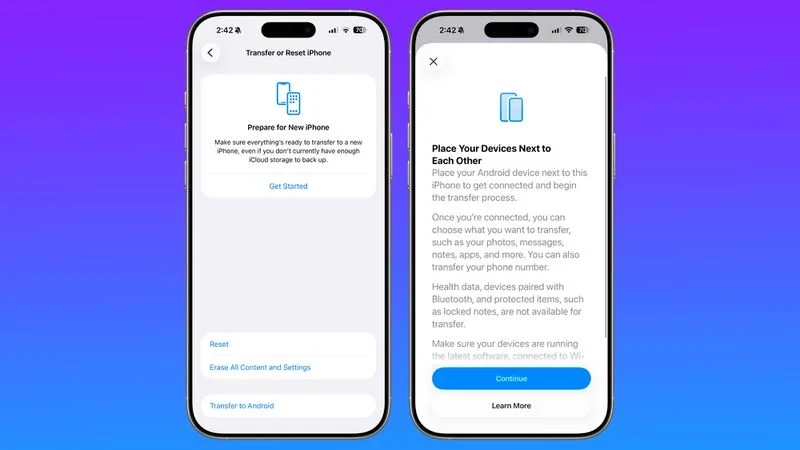Ever wanted to create textures so magical they could make a wizard jealous? Dive into our latest video, "Magical Ring Texture in Photoshop"! Learn how to transform your dull designs into enchanting masterpieces in just a few clicks.
This video is packed with tips and tricks that will leave you wondering why you didn't start using Photoshop sooner. Trust me, it's like finding the secret ingredient in your grandma's famous cookies!
Check it out and let your creativity run wild!
https://www.youtube.com/watch?v=ocEFdG0LpdA
#PhotoshopMagic #DesignTips #CreativeCommunity #CGHow #DigitalArt
This video is packed with tips and tricks that will leave you wondering why you didn't start using Photoshop sooner. Trust me, it's like finding the secret ingredient in your grandma's famous cookies!
Check it out and let your creativity run wild!
https://www.youtube.com/watch?v=ocEFdG0LpdA
#PhotoshopMagic #DesignTips #CreativeCommunity #CGHow #DigitalArt
🌟 Ever wanted to create textures so magical they could make a wizard jealous? 🧙♂️✨ Dive into our latest video, "Magical Ring Texture in Photoshop"! Learn how to transform your dull designs into enchanting masterpieces in just a few clicks.
This video is packed with tips and tricks that will leave you wondering why you didn't start using Photoshop sooner. Trust me, it's like finding the secret ingredient in your grandma's famous cookies! 🍪
Check it out and let your creativity run wild!
👉 https://www.youtube.com/watch?v=ocEFdG0LpdA
#PhotoshopMagic #DesignTips #CreativeCommunity #CGHow #DigitalArt

0 Comments
·0 Shares







